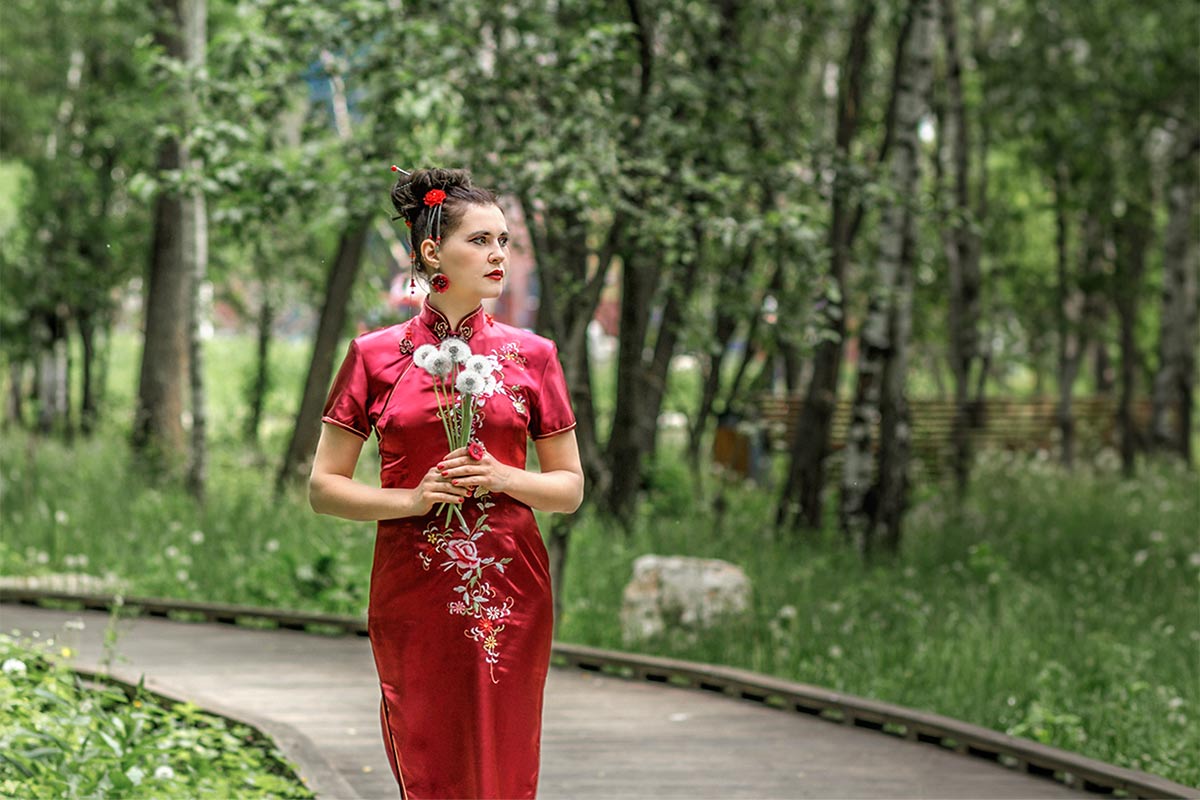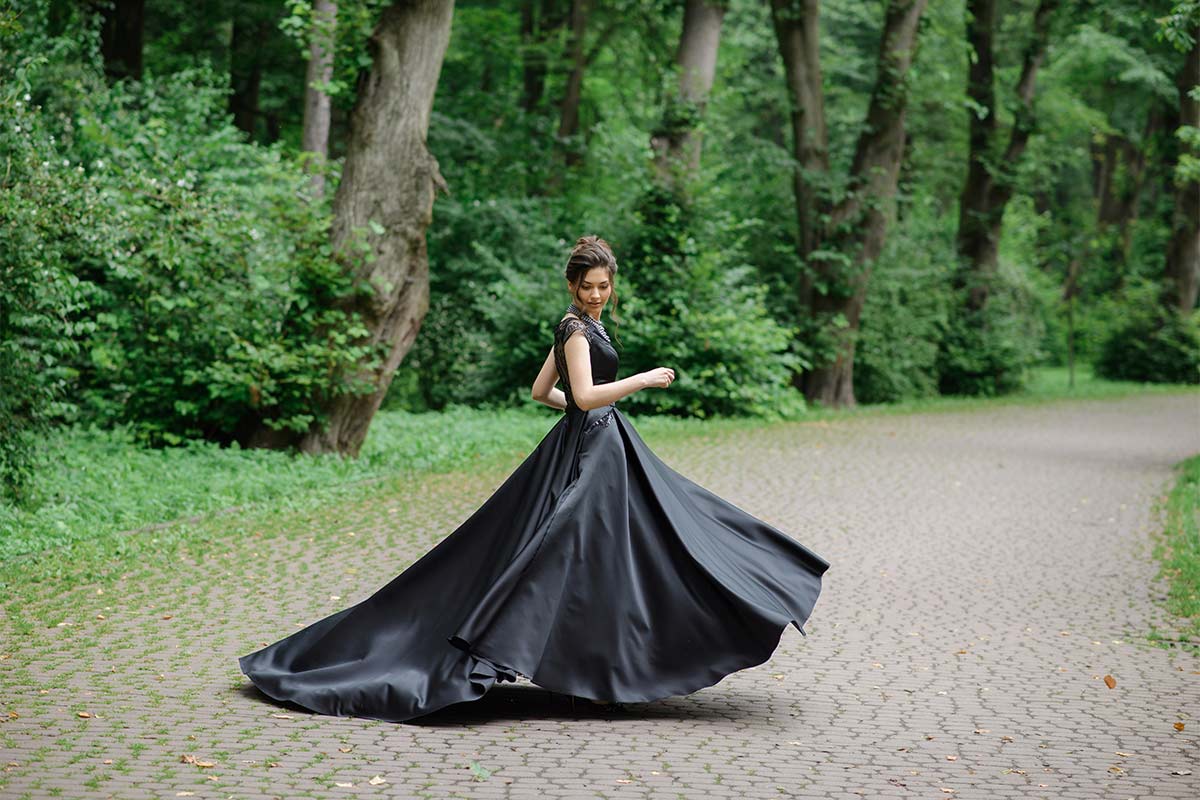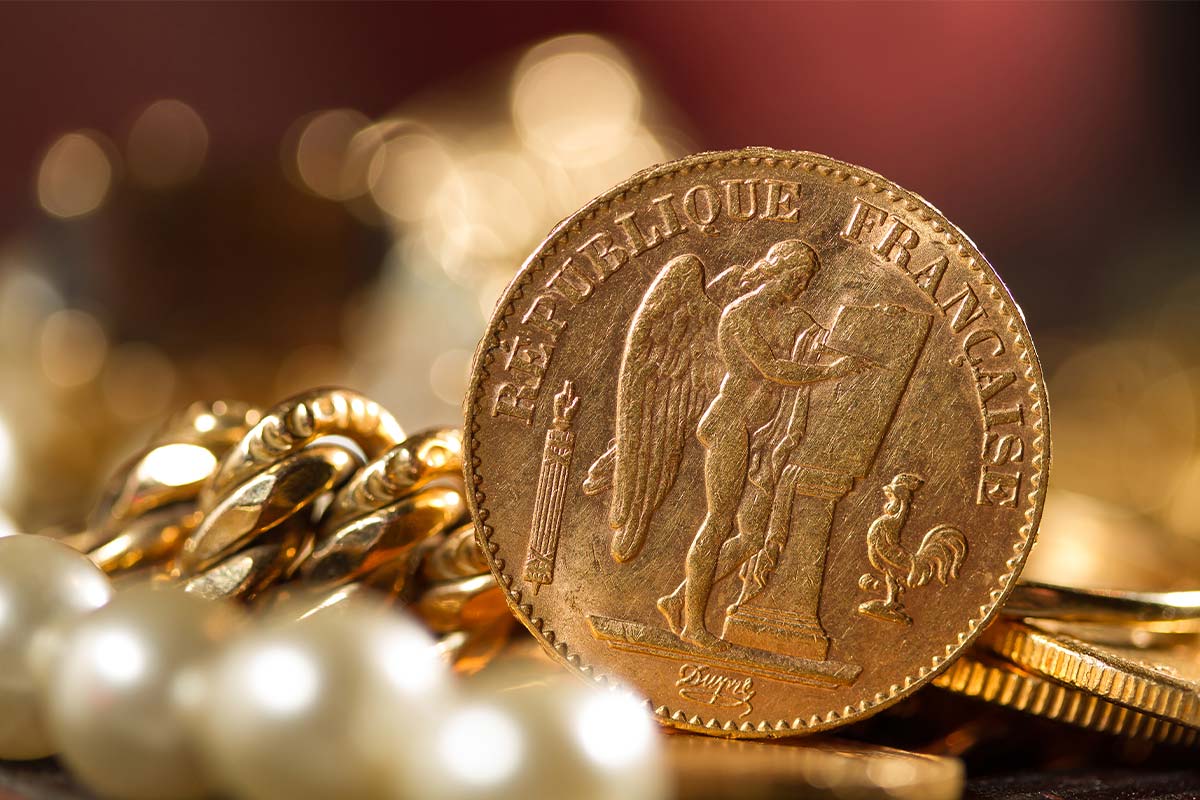Updated on: Nov 20, 2024
Are you in the middle of planning a wedding and just curious about different things such as some wedding ideas or were you curious about the unique wedding traditions around the world and how some traditions came into place? For example, why is there a wedding cake at most weddings? This blog will introduce some fascinating wedding traditions and entertainment from different countries, as well as several well-known, and lesser-known wedding traditions. Some of these traditions can also be applied to your bridal showers and parties.
Before starting the wedding process, make sure you have a checklist and a budget to determine what you'll need for the wedding. It's important to plan so that your big day runs smoothly and with as little stress as possible.
Origins of Wedding Traditions Around the World
Let’s first look at the wedding traditions in different countries. You won’t have heard of some of these traditions, but they are interesting. You might want to borrow the idea for your wedding so take a peek!
1. China: Bullseye!, Hello, Wardrobe Changes! & Grab a Tissue

China has several fascinating wedding traditions. The first one is the groom shooting the bride with a bow and arrow. Don’t worry, the heads of the arrows are removed for the bride’s safety. After he’s done with shooting, he breaks the arrows which means that their love will last forever. Long last the couple!
In China, brides keep changing their clothes. They start in a traditional outfit called a traditional qipao or cheongsam which is a dress that shows the bride’s silhouette. When reception time comes, they wear a dress with Western flair. At night, they change into cocktail dresses for some extra beauty. Wearing different dresses for each ceremony sounds exhausting, but don’t you think it will be good memories?
The last one is in Tujia, China. People in Tujia think that there are different levels of joyful tears. One month before the wedding, the bride starts crying every day for an hour. Ten days later, her mother joins and after another ten days, her grandmother joins as well. This way, every woman in the family would have cried by the end of the month. It is considered a joyful tradition and they say that the crying sounds like a song.
2. Greece: A Close Shave
One Greek wedding tradition is the best man, or "koumparos," shaving the groom’s face. This is derived from the term “groomsman.” After the groom’s done getting shaved, his mother-in-law feeds him honey and almonds. Isn’t it sweet?
3. Lebanon: Party On!
Zaffe is the wedding tradition in Lebanon. It’s a party that has loud music playing in the background and belly dancers performing. The unique aspect is that the couple’s friends and family shout at the couple. After the party, the guests move to the bride’s house where the couple is blessed with flowers before taking off to the actual ceremony.
4. Norway: Have Your Cake and Drink It, Too

If you want a unique wedding cake, this is a steal-worthy idea! In Norway, a bottle of wine is put in the middle of a wedding cake. This cake is called "kransekake." Unlike traditional cake, kransekake is made with iced almond cake rings, which is why the center is empty - for the wine!
5. Czech Republic: Oh, Baby!
In the Czech Republic, fertility is an important factor. The tradition of placing an infant on the couple’s bed is to enhance fertility and the rice, peas, or lentil shower is also for better fertility. The guests do these to bless the couple with as much fertility as possible.
6. France: Potty Mouth
Are you a fan of chocolate and champagne? In France, the bride and groom have to eat chocolate and drink champagne after the reception. Sounds good, right? Don’t get your hopes up; there’s bad news as well. They have to consume these from a toilet bowl. French believe that by doing this, the couple will get strength before the wedding night. Fingers crossed - let’s hope they enjoy the night without having any stomach pain
7. South Korea: Feet First
Did you ever hear about the “Falaka” ceremony in South Korea? It is one where the groom’s family and friends hold him upside down and hit his feet while asking questions in between. They say it was done to strengthen the memory and his feet. Hope it didn’t hurt that much!
8. Wales: Lovespoons More Affordable Than a Diamond
Have you ever carved before? Would you do it for your beloved wife? In Wales, grooms carve wooden spoons from scratch for their brides. It represents true love. Some examples of decorations that the groom carved on the spoon are a key that symbolizes the key to his heart and beads which represented the number of children they would have. Imagine how happy your bride will be to get a handmade wooden spoon as a gift. Give it a shot! You can never go wrong with handmade presents.
9. Spain: Woman in Black & Tie It Up

Although women tend to wear white dresses or colorful traditional dresses on wedding days, in Spain, some brides wear black dresses. It means “till death do us part.” Wedding dresses are totally the bride’s choice, so don’t judge them. Everyone should be happy and gorgeous on their special day!
In Spain, there is another tradition where the groom’s friends cut his tie into pieces and sell them to raise more money for the couple. Sometimes it was done with the bride’s garter. They would cut and sell anything for some extra money. Very economical, right?
10. Venezuela: An Irish Goodbye
In Venezuela, sneaking out of your own wedding means good luck. Guests who catch them are lucky. Don’t wait until the end of the ceremony to talk to your friends because they won’t be there. Good luck to everyone!
11. Peru: All the Single Ladies
Have you heard of the Victorian tradition, “ribbon pulling”? This tradition is still in New Orleans. It represents the bride wishing good luck to her single friends. There are different ribbons on the wedding cake for them and they are to pick one each before the cake cutting ceremony. An example is a flower. If you pick a flower, it means romance is near.
12. Southern US: Burying the Bourbon & House Party
In the southern parts of the US, some couples bury bourbon exactly one month before their wedding date, wanting their day to be sunny, not rainy. This is derived from folklore which states that the bourbon should be full and sealed and should be buried upside down in the closest place possible to where the couple will say their vows. On the wedding day, the couple will dig up the bottle and enjoy it.
Have you heard of the tradition called “house party” in the Southern parts of the US, mostly in Texas? The friends of the bride who aren’t selected as the bridesmaid are assigned special tasks at the wedding such as managing the guest book or handing out the wedding plans. This tradition is good since everyone will feel that they are playing an important part in the wedding. The best part is that everyone who has a connection to the bride is invited to all the bridal festivals, showers, and even the bachelorette party. No need to feel sad that you weren’t selected as the bridesmaid!
13. US: College Football Towns - Game Days

Couples who live in states where football is a huge sport, such as Alabama, try to avoid certain Saturdays in the football season, especially if there’s a home game. This is because first, they know that the streets will be already crowded by the football fans trying to make it to the game, making it hard for their guests to get to the wedding place, and second, those who love football will choose the game over the wedding. No one wants to spend their special day without their beloved ones.
Popular Wedding Tradition Origins
Are you a person who considers yourself an expert on classic weddings? Let’s see if you knew the origins of the traditions. Even if you’re not an expert, don’t worry! Weddings are an interesting field and not a lot of people know why traditions came to be. You’ll be able to learn about the background of current wedding traditions and I assure you it will be fun. Maybe you'll get some inspiration for your own wedding ceremony and/or reception! Let’s get started!
14. Bridesmaid & Best Man
Unlike recent weddings where bridesmaids wear similar dresses to show support to the bride and make her stand out, in the past, bridesmaids wore similar dresses to confuse their exes and the evil spirits. This was to prevent the evil spirits from figuring out who’s getting married. In early times in Rome, bridesmaids stood in a line to protect the bride from those who wanted to hurt her while she walked to where the groom lived. It was quite different in the past, right?
As for the best man, his duty was to make sure that the bride doesn’t run away from the wedding. The surprising part is that in some places, the best man’s duty was to even kidnap the bride if the bride’s father disapproved of the wedding. You read it right - kidnap. He had to make sure that the groom gets the bride no matter what. Scary, right? The scariest part is this; the “best” in best man doesn’t stand for best friend. It means the strongest - the one who can fulfill the duty. Aren’t you glad that the best man’s duty these days is to prevent the bride from seeing the wedding ring before the ceremony?
15. Wedding Rings
Wedding rings were used as a pledge to the bride’s father in early Roman, Greek, and Jewish cultures. As time went by, it evolved to the women’s rights since nowadays, rings are exchanged. Did you ever wonder why couples wear rings on their fourth finger? It is due to the myth that the fourth finger has a specific vein leading to the heart. It is a belief, but couples all around the world follow it; it is more like a culture than a myth now.

16. Veil
The veil is once again related to evil spirits - to protect the bride from them. In early times in Greece and Rome, the veil was worn to confuse the devil and evil eyes. In other places, it was a trick played by the bride’s father to make the groom marry his daughter who was supposed to be beautiful. It was also done in arranged weddings so that the bride’s identity is unknown until after the ceremony. It doesn’t have a really romantic meaning after all, does it?
17. Carrying the bride over the threshold
In ancient times, it was considered unladylike for a woman to want to leave her father’s house, so the groom carrying the bride was interpreted as the groom forcing her out of the house. In places that believed in evil spirits, such as medieval Europe, it was meant that the groom was protecting the bride from evil spirits by giving her some space from the ground. It is not because the bride’s feet got tired or to look sweet!
18. Breaking Glass
This is a tradition that started in Italy. Newlyweds would smash glasses during the ceremony because the number of pieces the glass broke into was symbolized as the number of years the couple will be together. You better put in a lot of effort and energy so that it breaks into a lot of pieces! Don’t get too caught up - safety first.
19. Seeing each other before the wedding
This was done mostly in countries where arranged weddings were held. People thought that if the soon-to-be bride and groom see each other before the wedding, either or both of them would change their minds about the wedding. Are you glad that there aren’t as many arranged marriages nowadays?
20. Good Luck and Bad Luck
In different cultures, good luck in marriage is symbolized by different objects. In Greece, they are sugar cubes. Sugar is sweet, so the Greeks thought that if you lay sugar cubes on the bride, the marriage will be sweet. To the English, a spider on the wedding dress symbolizes good luck or a good omen. They thought different days had different meanings when it comes to weddings. For example, they considered Wednesdays to be the best day for weddings. Mondays represented wealth and Tuesdays were a symbol of health.
Now with the ones that represent bad luck. The English considered Saturday as an unlucky day to get married. They would be surprised if they learn that Saturday is actually the most popular day for weddings in recent times!
21. Fashionable Attire
Wedding dresses are widely worn these days at weddings. However, there are different traditional dresses depending on the country. For example, Asians wear robes with embroidered cranes because cranes are thought to represent a long marriage. Did you know that Japan has a long tradition of white wedding dresses? They wore them long before it became popular in Western countries due to the influence of Queen Victoria. Some countries were trying to avoid the evil eyes. In Denmark, the bride would wear the groom’s clothes and vice versa. This tradition, as known as cross-dressing, was done to confuse the evil spirits.
Vintage Unique Wedding Tradition Origins
Want to make your wedding a unique event that your guests will remember forever? Consider implementing an old "vintage" wedding tradition, and it is sure to be enjoyed by all!
22. Wedding Cake Charm
This tradition was adopted by many Southern brides but originated in Peru, who took part in the ribbon pull. Small charms included a fortune for the future and were attached with ribbon, then placed inside wedding cakes. Before serving the cake, unmarried guests would take part in a "cake pull" display, pulling it out of the cake before it was served.
23. Coin in Bride's Shoe

You've likely heard of the tradition "something borrowed, something old, something new, and something blue." Did you know that this popular phrase actually ends with "and a sixpence in her shoe?" Many fathers-of-the-brides would give their daughter a lucky coin, which symbolized good health and wealth for the happy couple.
Many Swedish brides follow a similar tradition. They are often given a gold coin from their mother and a silver coin from their father and place one in each shoe. This ensured she would "never have to do without," promising financial stability for the newlyweds. I can imagine that this tradition is somewhat uncomfortable for the bride to walk around all day with coins in her shoes!
24. Rice Shower
Rice is traditionally considered to have signs of prosperity and fertility. This inspired many newlyweds to include this on their wedding day as a unique exit. Having your guests toss rice on you after you say "I do," can be a fun tradition and bring good luck and years of happiness! This sounds like many new traditions of throwing confetti and more, which creates a memorable exit!
25. Tie the Knot
A wedding ceremony is sometimes referred to as the happy couple "tying the knot," but did you know where it came from? In ancient times, the bride and grooms's hands would be tied together with ribbon. They could not remove the knot until the marriage ceremony was finished
Did You Learn A Lot of Fascinating Traditions?
Did you know any of these interesting traditions? If you knew only about the classic wedding traditions, many of these would have been surprising to you. Did any of these interest you enough to make you want to try it at your wedding? If so, go ahead! You can even customize them to your taste and maybe even use these traditions to spice up your speeches or vows. We hope you learned something new about the wedding traditions and enjoyed it!
Written by Grace Kwon and Alyssa Campen
